NO SURGERY HERE
Unlike lasers, radio frequency, surgery, and other technologies, nonsurgical Ultherapy bypasses the surface of the skin through ultrasound energy with focused imaging—to target just the right amount at the right depths and the right temperature. The result is a jumpstart to your body’s own collagen production.
NATURAL-LOOKING AND NOTICEABLE
The proven results of Ultherapy are clear, appearing over two to three months as new collagen works to lift skin on the neck, chin, and brow—as well as smooth skin on the upper chest. Results may improve over the following three to six months, and can last a year or more.* It won’t duplicate the results of a surgical facelift, but Ultherapy is a clinically proven non-invasive alternative for those not ready for surgery.
Before and After

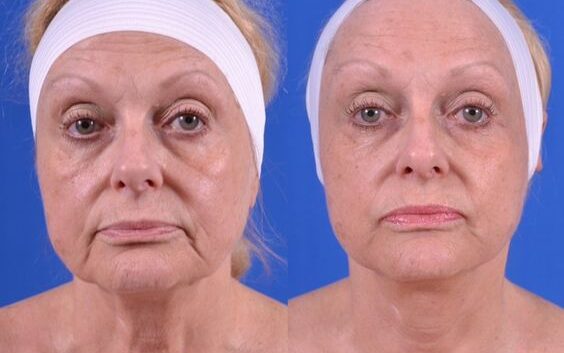
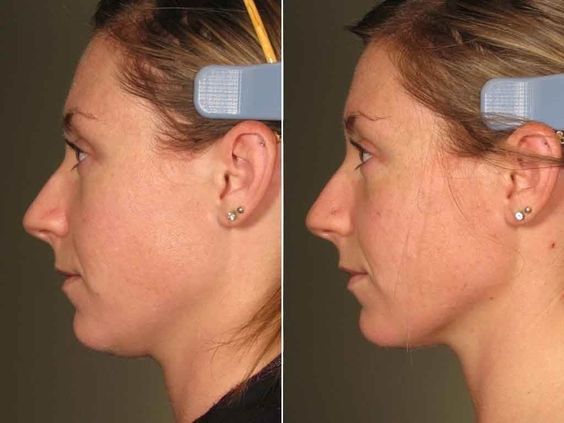
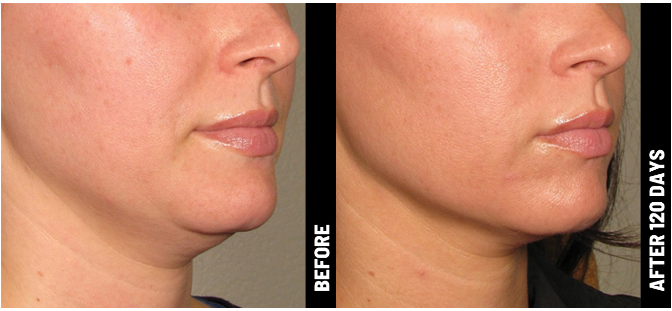
BEFORE TREATMENT
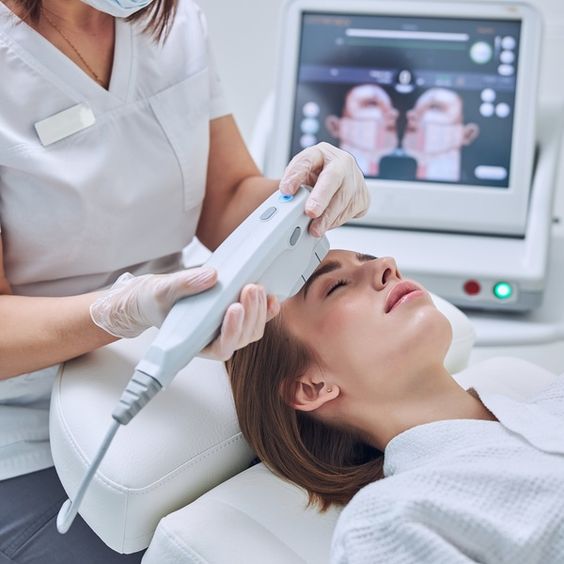
Schedule a one-on-one consultation with us, so we can assess your skin, address your concerns, and determine if you are a candidate for Ultherapy.
There are no pre- or post-treatment skin care requirements associated with Ultherapy, so once you book your personalized Ultherapy procedure, you can relax!
DURING TREATMENT
After cleansing the skin and identifying the specific areas to be treated, we will apply the ultrasound gel and place the smooth treatment applicator against your skin.
To customize your treatment, we will next visualize the best location for treatment through Ultherapy’s ultrasound imaging, in order to target the area(s) that will benefit you most.
During treatment, you will feel tiny amounts of energy being deposited under the skin, indicating that the collagen-building process has been initiated. Comfort levels can vary from person to person, but you may experience the sensation of heat and/or tingling while the energy is being delivered.3
Recognized as the Gold Standard for nonsurgical lifting and tightening by an expert panel of physicians, Ultherapy is customized, so the length of your treatment will depend on the area being treated and your individual treatment plan.2 A face* and neck procedure typically takes 60-90 minutes, while treatment for the upper chest (or décolletage) takes approximately 30 minutes.
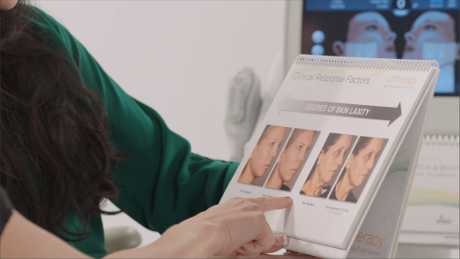
AFTER TREATMENT
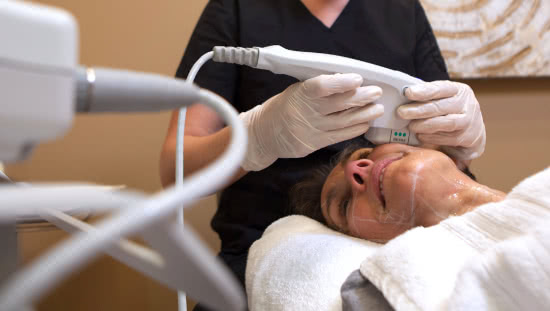
No downtime, only natural-looking results
That’s right—you can return to your normal activities immediately after your procedure without any post-treatment restrictions or requirements.
Your skin might appear flushed at first, but the redness should disappear within a few hours. Some patients experience slight swelling, tingling, or tenderness to the touch, but these are mild and temporary in nature.
Other, less common post-procedural effects may include temporary bruising or numbness on small areas of skin. As with any medical procedure, speak with your provider about what to expect following your Ultherapy treatment.
Is Ultherapy safe?
Ultherapy is a proven treatment with a well-established safety profile. It is currently marketed worldwide in more than 75 countries, with over 1.5 million treatments performed globally to date. In addition, ultrasound energy has a proven track record, with use in the field of medicine for more than 50 years.
What does collagen do? How does Ultherapy stimulate the creation of collagen?
Collagen is a natural protein that gives skin its youthfulness by keeping it firm and toned. As we age, collagen breaks down, and the result is a loss of skin strength and elasticity. Ultherapy uses microfocused ultrasound to generate a thermal effect under the skin. The thermal effect essentially jump-starts your body’s own process that produces fresh, new collagen.
How long does it last?
Since the procedure stimulates a person’s own collagen production, how long the results last depends on the individual. While results appear over two to three months, they can last up to a year or more. The treatment produces new collagen on the inside, but the individual’s natural aging process will dictate how long that translates into visible results on the outside. Future touch-up treatments can help provide more control over the aging process, which varies by individual
